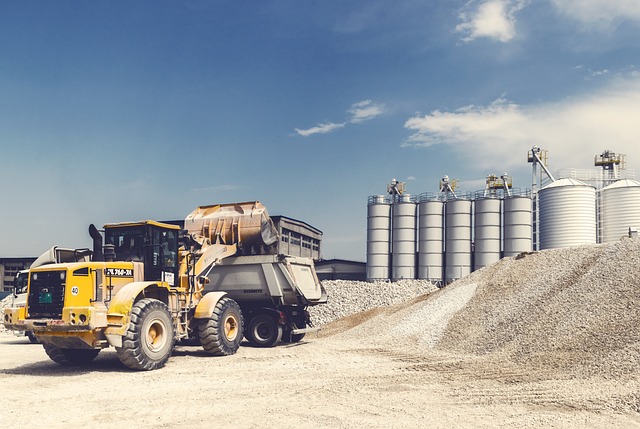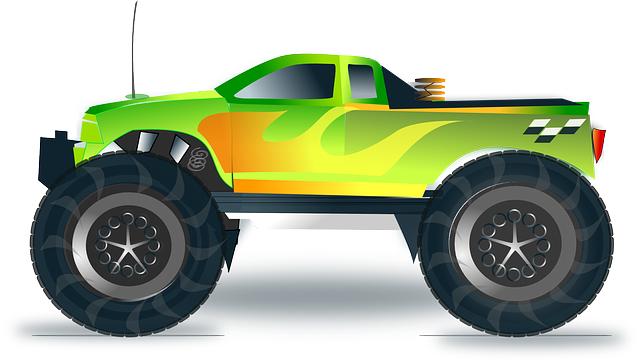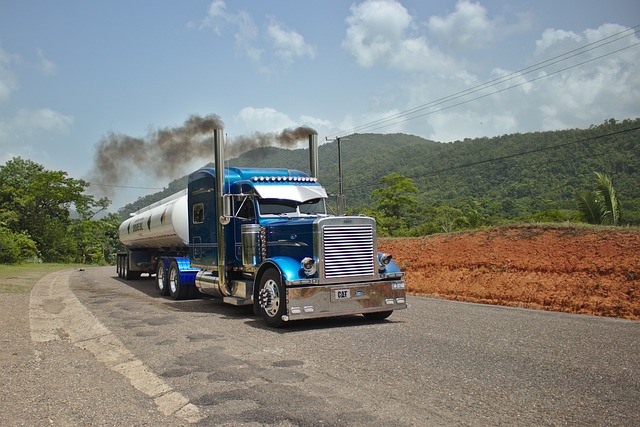Heavy-duty trucks, vital for logistics, pose unique safety challenges due to their size. Effective large vehicle protection involves advanced safety features, robust cab designs, driver training, regular maintenance, and inspection of critical components. Key strategies include using durable materials, collision avoidance systems, predictive maintenance, and defensive driving practices. Adhering to these measures ensures driver and cargo safety, minimizes operational costs, and extends truck lifespans, making large vehicle protection a top priority in the trucking industry.
“In the realm of trucking, heavy-duty vehicles play a pivotal role in transporting goods across vast distances. This article explores the multifaceted world of heavy-duty trucking operations, delving into essential aspects that contribute to success and safety on the road. From understanding the unique challenges faced by these powerful machines to implementing best practices for maintenance and safety, we uncover key strategies for maximizing efficiency while ensuring the vital concept of large vehicle protection.”
- Understanding Heavy-Duty Trucks and Their Unique Challenges
- Key Components for Large Vehicle Protection
- Maintenance Strategies to Ensure Longevity on the Road
- Safety Measures and Best Practices for Operateurs
Understanding Heavy-Duty Trucks and Their Unique Challenges

Heavy-duty trucks are a vital component of the logistics and transportation industry, designed to handle extreme loads and navigate demanding terrains. These vehicles are built to last and operate under intense conditions, often carrying essential goods across vast distances. However, their size and power come with unique challenges that require specialized knowledge and equipment for safe operation and maintenance.
One of the primary considerations is ensuring large vehicle protection. Due to their massive dimensions, heavy-duty trucks pose specific risks to drivers, other road users, and surrounding infrastructure. Advanced safety features, robust cab designs, and comprehensive training programs are essential to mitigate these risks. Additionally, regular maintenance and inspection are crucial to address wear and tear, especially in critical components like brakes, tires, and engines, ensuring optimal performance and safety on the road.
Key Components for Large Vehicle Protection

Protecting large vehicles, such as trucks and semi-trailers, is paramount for several reasons. These include maintaining the integrity of the vehicle, ensuring safety for drivers and cargo, and minimizing operational costs. Key components for large vehicle protection encompass a multi-faceted approach.
Firstly, robust and durable materials are essential to shield against impacts, corrosion, and extreme weather conditions. This includes using high-quality paints, protective coatings, and reinforced body panels. Additionally, advanced safety features like collision avoidance systems, emergency braking, and side-view cameras play a crucial role in preventing accidents and mitigating potential damage. Regular maintenance and inspections are also vital to identify and address issues early, enhancing overall vehicle longevity and safety.
Maintenance Strategies to Ensure Longevity on the Road

Regular maintenance is key to keeping heavy-duty trucks on the road and in top condition, maximizing their lifespan. A well-maintained truck is a safer truck, reducing the risk of breakdowns and accidents. Effective maintenance strategies include adhering to scheduled service intervals recommended by manufacturers, focusing on critical components like engines, transmissions, brakes, and tires. These parts require meticulous care due to the intense demands placed on them during operations.
Implementing predictive maintenance practices, such as monitoring sensor data and tracking performance metrics, can also prevent potential issues before they become costly repairs. Proactive approaches like regular fluid changes, thorough inspections, and prompt replacement of worn-out parts contribute to optimal large vehicle protection. Additionally, training drivers and maintenance personnel on best practices ensures that every aspect of the truck’s operation is managed efficiently, further extending its operational lifespan.
Safety Measures and Best Practices for Operateurs

In the high-stakes world of heavy-duty trucking, safety is paramount for both operators and other road users. Beyond adhering to stringent regulatory frameworks, truckers must cultivate a culture of vigilance and proactive safety measures. This involves consistently inspecting their vehicles, including critical components like brakes, tires, and lighting systems, before each trip to ensure optimal large vehicle protection.
Best practices extend beyond mechanical checks. Operators should maintain a defensive driving mindset, practicing caution and anticipating potential hazards. Staying alert, keeping a safe following distance, and adhering to speed limits are fundamental. Additionally, regular training in advanced driver assistance systems (ADAS) and staying current with industry safety protocols are essential for mitigating risks associated with operating these substantial machinery and ensuring the well-being of everyone on the road.
In conclusion, heavy-duty trucking operations demand a comprehensive understanding of unique challenges, key components for large vehicle protection, effective maintenance strategies, and stringent safety measures. By implementing best practices outlined in this article, operators can enhance the longevity and performance of their vehicles while prioritizing safety on the road. Investing in proper protection and regular maintenance is crucial for maximizing efficiency and minimizing downtime in the demanding world of heavy-duty trucking.
